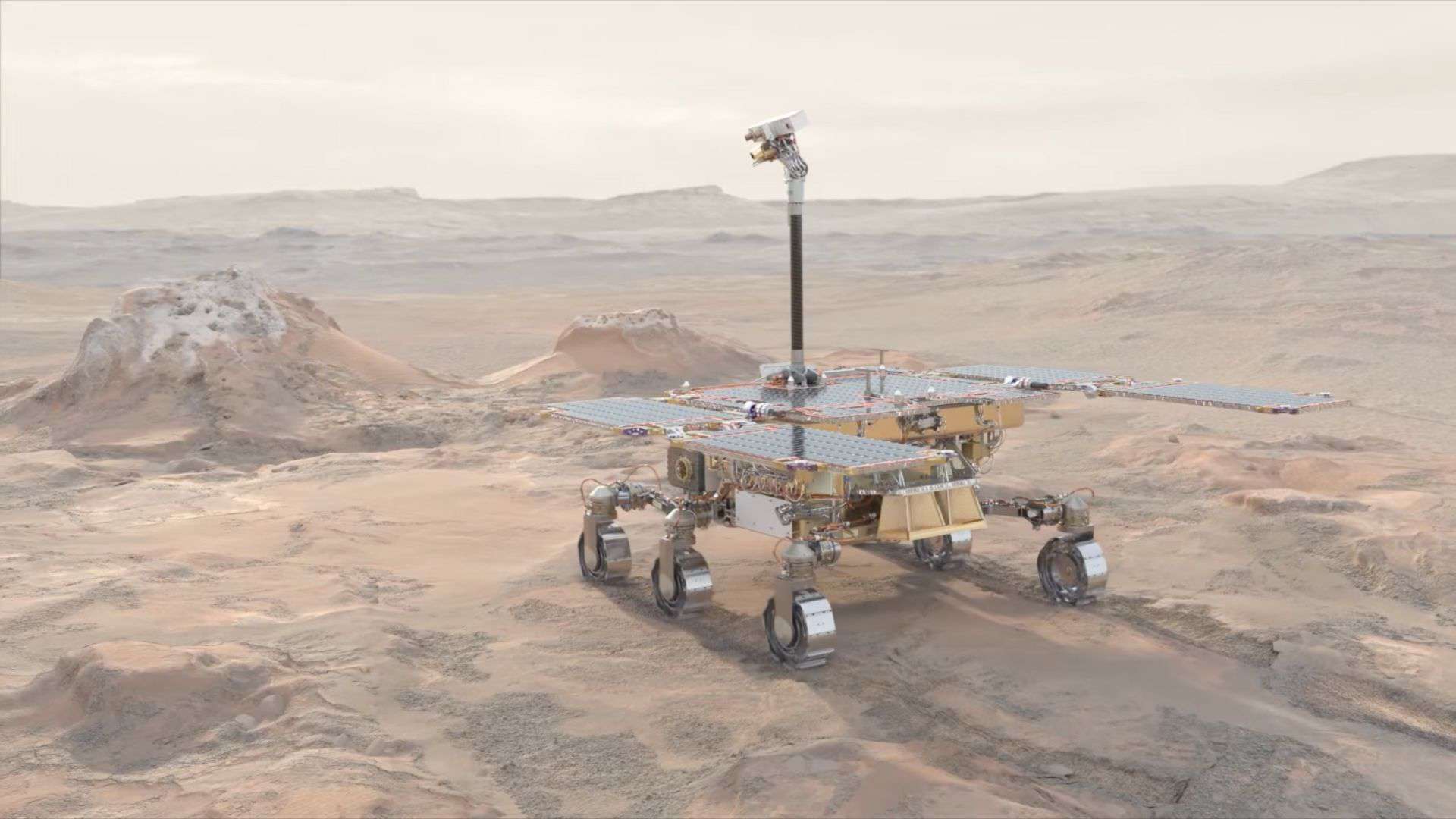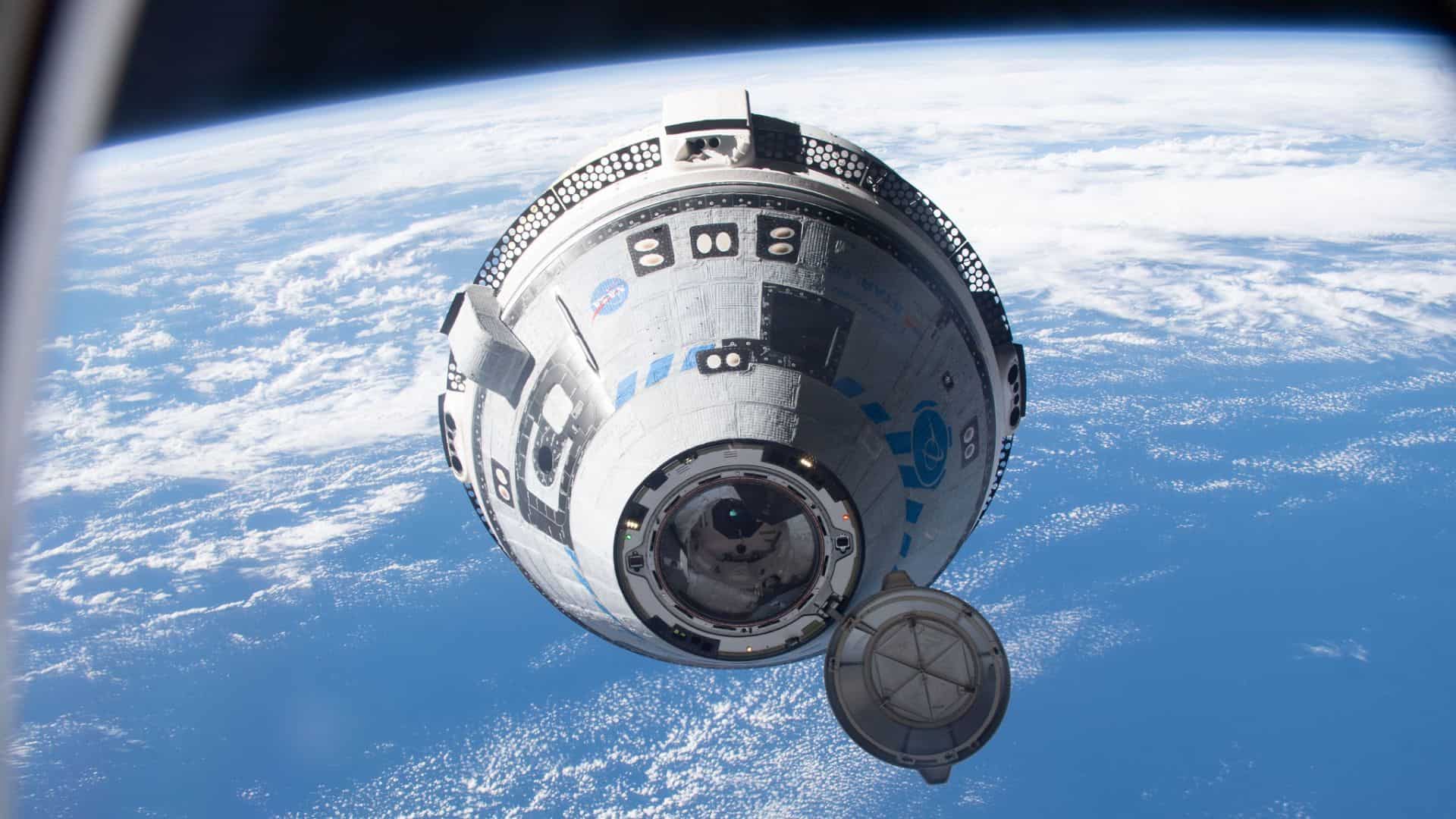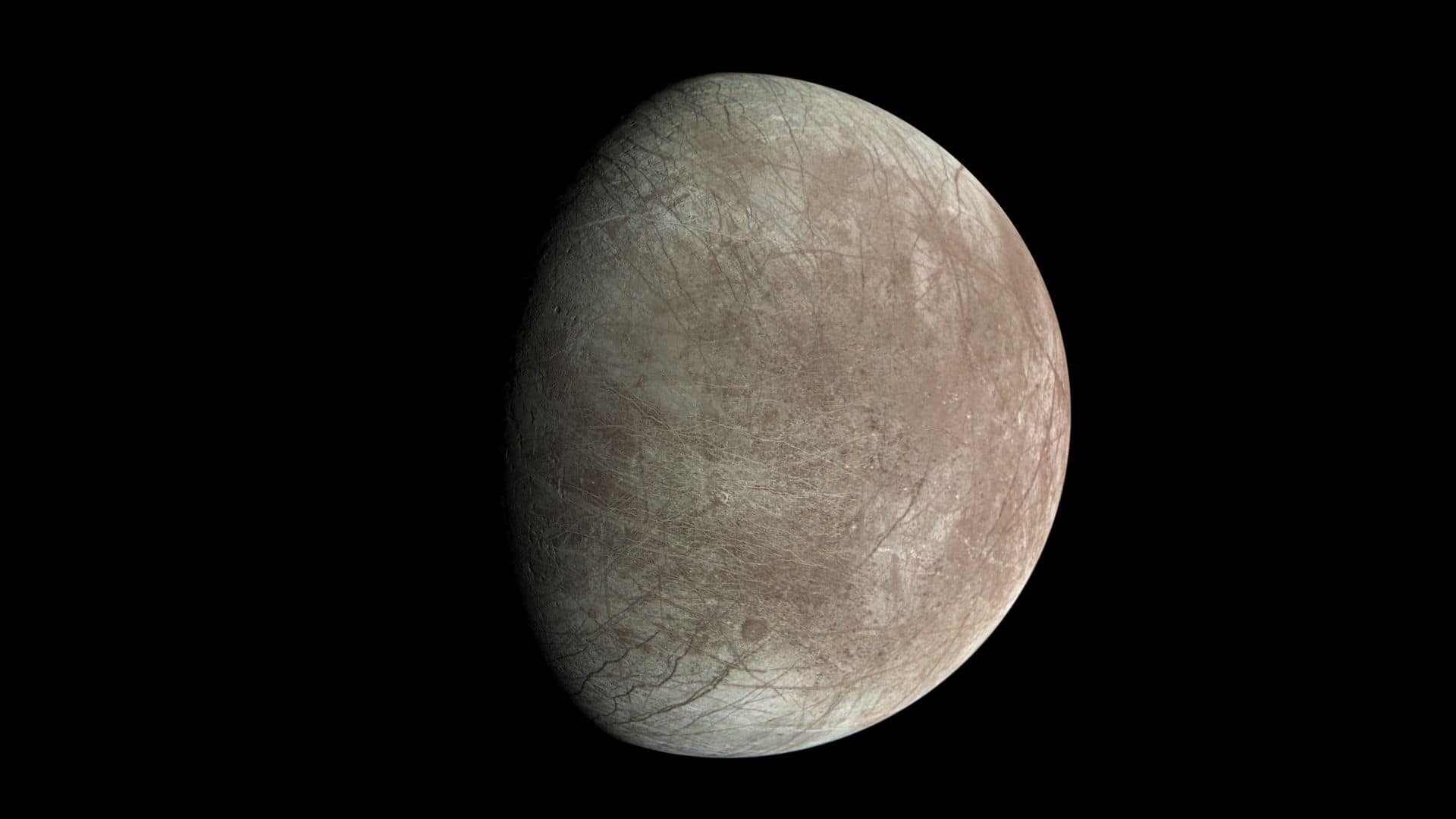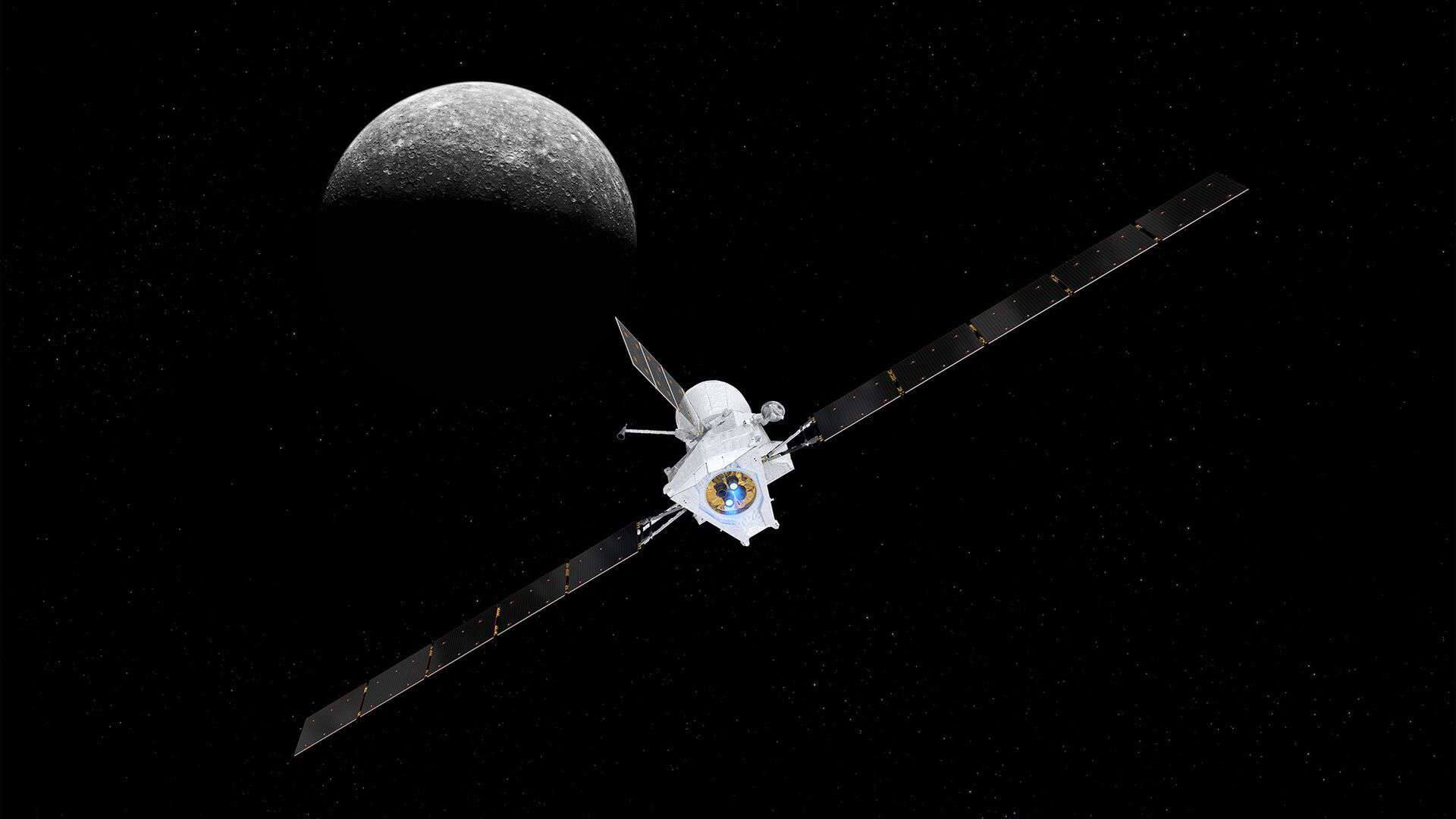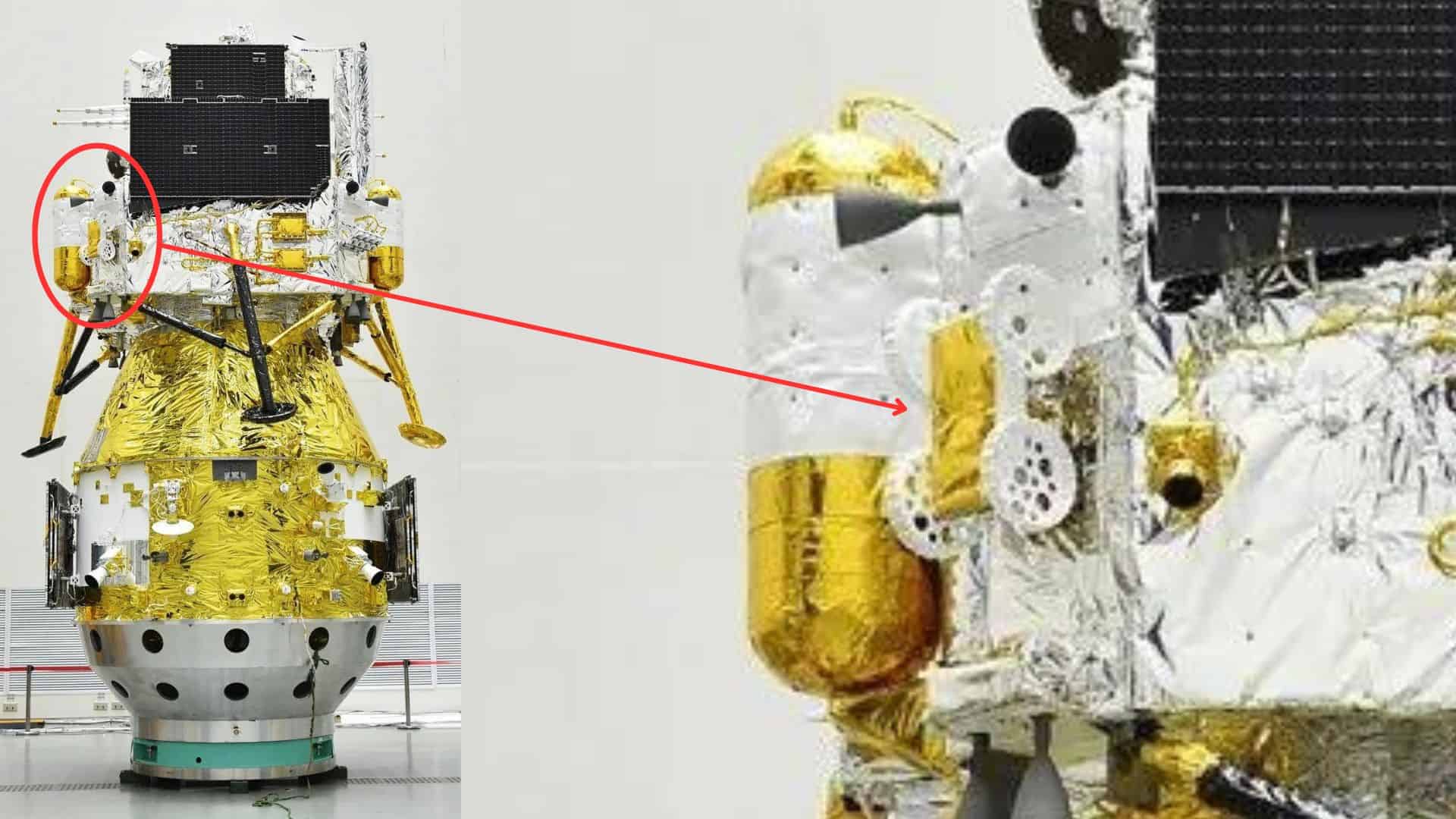
China’s Chang’e 6 spacecraft is carrying a secret mini lunar rover that had not been previously disclosed by the Chinese space agency CNSA as a mission payload.
Chang’e 6 will be the second spacecraft to land on the far side of the moon and the first spacecraft to collect lunar samples from there.
Chang’e 6 was launched on a Long March 5 rocket on May 3, 2024, from the Wenchang Space Launch Center, China, and entered into a lunar orbit on May 8, 2024.
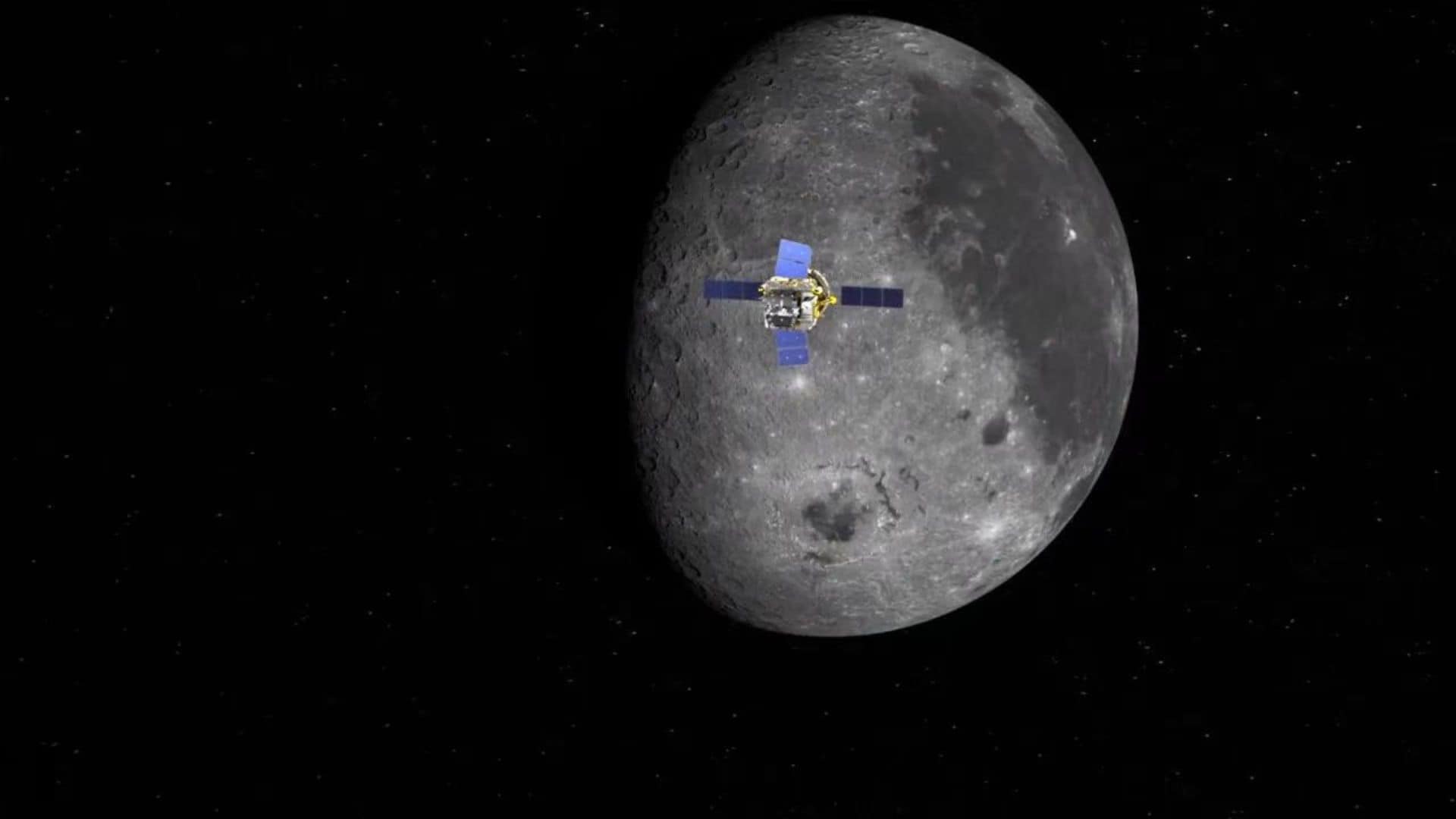
The China National Space Administration (CNSA) announced that the spacecraft is carrying four international payloads from France, Italy, Sweden, and Pakistan, besides its main objective of collecting lunar samples.
However, the agency had not disclosed anything about this mini-rover or its functions.
After the launch of Chang’e 6, the China Academy of Space Technology (CAST), which built this spacecraft, revealed an image that shows a small lunar rover attached to the outer wall of this spacecraft.
Little is known about this mini-rover. A post from the Shanghai Institute of Silicate, Chinese Academy of Sciences (CAS) states that the mini-rover has an onboard infrared imaging spectrometer.
Other than this mini-rover, the Chang’e 6 spacecraft is carrying the following instruments:
A radon gas detector from France’s national space agency. It will detect radon isotopes on the surface of the moon and study the movement of volatile elements in the lunar environment.
A laser retroreflector from Italy’s National Institute for Nuclear Physics. It can measure the accurate distance from the lunar orbit to the lunar surface and will be used for the Chang’e 6 lander.
A negative ion analyzer from the Swedish Institute of Space Physics. It will detect negative ions emitted from the lunar surface as a result of interaction with solar winds.
A miniature Pakistani satellite, ICUBE-Q, which the Chang’e 6 spacecraft successfully deployed into a lunar orbit on May 8, 2024. The satellite has two cameras to image the lunar surface from orbit.
Chang’e 6 will land within the South Pole-Aitken (SPA) basin on the far side of the moon. However, the China National Space Administration (CNSA) has yet to announce its landing date.
Please bookmark Spaceandtelescope.com or follow us on Facebook and Twitter to get latest space news, upcoming skywatching events and astronomy-related content.
